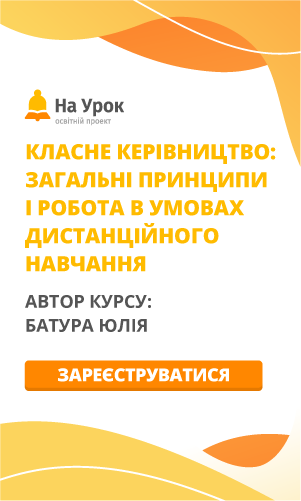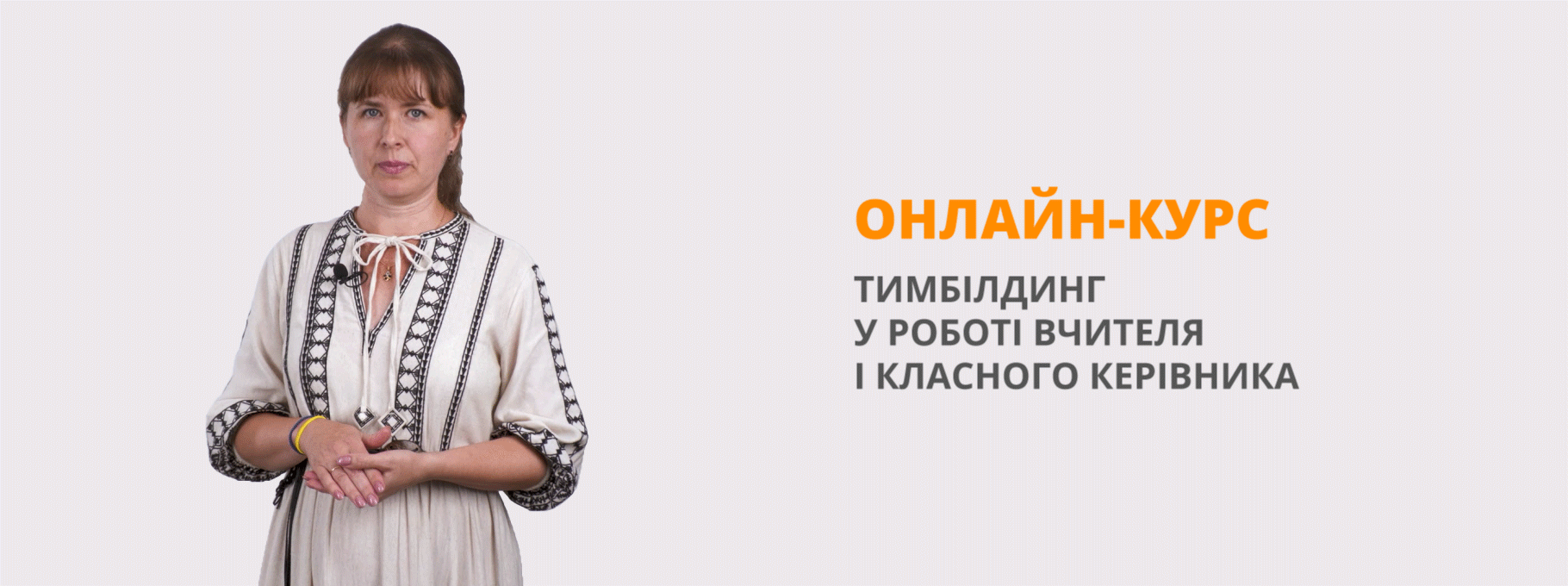Тестова контрольна робота з читання
Текст для контролю навичок читання у старшій школі з використанням краєзнавчого матеріалу.
Може бути використаним при вивченні теми «Мистецтво»
Serhiy Luniov
Serhiy Luniov is an extraordinary figure in the history of Ukrainian art. The peak of his artistic career reffered to 60-70ies of the 20-th century. He was the master of plastic novations which became the serious stage in the Ukrainian watercolouring. The world of Luniov’s images enchants by the exacerbated reflection of the life and the originality of the artistic thinking.
Serhiy Omelianovych Luniov (1909–1978) was the Ukrainian painter, graphic artist and Watercolorist. He was born on 4 November 1909 in a small village of Kekyne ( now Mykolaivka United Territorial Community) in Sumy Region. His parents were the teachers in the local school. Not long before Serhiy’s birth the father became the headmaster of the school. His mother and father were well-educated and gifted persons. Both played the piano well. The mother enjoyed singing folk songs and the father was fond of plays. On holidays their house became the small theatre where all the households were the actors and artists. There was a stage in the hall of their big house. All the coscumes and the scenery were made by themselves. The family kept the tradition that the great painter Oleksandr Ivanov was their relative. In fact, mother’s nephew P.Lykhin was the painter and his illustrations were printed in the Nyva magazine.
Before the revolution of 1917 the Luniov family moved to Sumy. The parents could not find the job. The post-war devastation reigned in the country. His father died. And his mother, rescuing his children from hunger, sent Serhiy to the orphanage.
Little is known about this period of his life, but it is known from his autobiography that it was there that Lunev's passion for drawing grew into a conscious desire to become an artist. Later, Serhiy's mother managed to get a place as a school teacher in Sumy, and the family gathered again in her office apartment. The youth of Lunev passed in this small picturesque Ukrainian town on the banks of the river Psel.
The mother saw her son’s passion for drawing. Serhiy attended the art studio of the Ukrainian artist, poet and teacher N.Onatsky’ during the 1920s.
In his memorier Luniov mentioned that in 1923-1927 he did different works in Sumy Drama Theatre. He drew scenery, cleaned the hall after the performance. He even had to remind their family theatre in Kekyne. Sometimes he took part in the mass scenes. All the time he were watching the process of creativity. He saw that the incarnation of the life on the stage got out in its specific artistic level.
In 1928 S. Luniov moved to Kharkiv and completed his formal education in painting at Kharkiv Arts College (1928–32), where he studied art under A. Kokel (the graduater of St.Petersburg Arts Academy) , A.Menes (the graduater of Munich Arts Academy). This period of Luniov’s life coincided with the years of the most intensive and interesting years of the artistic development in the first postrevolutionary epoch. Being the capital of Ukraine Kharkiv was the place of the birth of the ideology of the new arts. Luniov visited art exhibitions and theatres, made acquaintance with the famous painters, poets and writers. He really liked that big noise city, its stormy atmosphere. Serhiy visited artistic clubs, poets’ discussions.
After the graduation from Kharkiv Arts College Serhiy Luniov were serving in the army for some years. In the 1930s all avant-garde activities in Soviet Ukraine came to a halt with the introduction of socialist realism as the only literary and artistic method permitted by the communist regime. Painting was limited to naturalistically rendered thematic canvases portraits and genre scenes of happy workers and peasants, and romanticized depictions of war and its heroes. He was successful in images of heroes of labour, painted the portraits of the state leaders. He also designed costumes and scenery for different performances. Luniov spent much time painting cartoons for the military newspapers.
1935 is mentioned in Luniov’s memories as the begining of his artistic career. His works were mostly landscapes and still-life compositions. Unfortunately, there are only few of his prewar canvases . Most of them were missed during the World War II of 1941-1945.
During World War II Luniov served in Central Asia on the border with Afghanistan in ancient Termez. Even in the field, with a constant lack of time, he continued to work creatively. The artist was increasingly turning to such graphic techniques as ink, pencil and watercolor. Luniov perfectly felt the specifics of the material and achieves the necessary expressive effect. He was more and more attracted to watercolor as a material that corresponded to his temperament, gave freedom of expression and the ability to quickly get a result.
In the works of the 40s that have come down to our time, these qualities were especially evident in the Termez cycle of watercolors: “Old Termez” (1944), “In the Kafirnigan Valley” (1946), “Termez” (1948) and others. Luniov focused not so much on the exotic locality as on its color system. In these watercolors there is greater freedom of painting and the courage of color generalization.
After the war ended in 1945, the artist returned to Kharkiv, where he continued his military service as an officer at the Kharkiv Border College. In his autobiography, he writes: "In Kharkiv, I was again irresistibly drawn to painting, to which I give all my occasionally free hours that fall out of service."
By the 1950s, Luniov’s creative personality had fully developed. He continues to work in his favorite watercolor painting technique. In the first post-war decade, the general figurative-emotional structure of most of the artist’s works is joyful and optimistic. It was consonant with time, with people's hopes for a better life and peaceful creation. Luniov wrote a series of watercolors that convey the peculiar nature of Ukraine, Sumy and Kharkiv regions and other parts of the country. During this period he worked mainly in the landscape genre. In the work “Morning in Hurzuf” (1952) the spatial plans and scale of objects preserved their life concreteness. The artist materialized his sense of nature in color. Subsequently, he continued to work on industrial motifs, creating a series of watercolors “Industrial Donbass” (1957-58), “Construction of the Pecheneg Reservoir” (1960), “KMA-Ore” (1965), “Norilsk Mining and Processing Plant” (1970).
The first all-Union exhibition of watercolors in 1965 showed that complex artistic problems could be solved in this technique, and its subject matter could be as diverse as that of easel and monumental painting.
The artist found many imaginative variations to solve his favorite topics. In the watercolor “Evening on Sumy” (1964), a fragment of the street appears as a part of a big city. Such paintings as, for example, “Still Life with Apples and Fish” (1965) depicts the type of pictorial still lifes. The color of orange apples with flashes of a complex yellow and greenish-blue background creates a color conflict.
In 1973, when Pablo Picasso died, whom Luneio idolized , he creates a series of works dedicated to this artist “On the death of Picasso. Initiation ”(1973).
The theme of space worried artists from the beginning of the 20th century. The contents of the sheets of his later series “Conquest of space” (1976-1977), “Association” (1976-1977) and others determined the psychological well-being of man and artist of the 20th century. The Conquest of Cosmos series included images of the Universe and the microcosm – man.
In Luniov's life, the main joy fulfilled by a dream was creativity. In addition to watercolors, he worked in the field of drawing, monumental and decorative and theatrical and decorative art. The artist took an active part in exhibitions, sat on various commissions and committees, corresponded with friends and traveled across a huge country, and he traveled abroad many times. In the works born of the Luniov brush, there were no boring motives. He spoke in the language of art about the uniqueness and beauty of nature
In 1972, he visited his small homeland, the village of Kekyne for the last time. He talked with fellow villagers, admired the beautiful landscapes of the village.
In February 7, 1978, the life of Serhiy Omelianovych Lunev ended.
Luniov was the Member of the Union of Artists of the USSR since 1958. The artist presented his works in many mixed and private exhibits within the USSR and abroad: Czech Republic, Soviet Federal Republic of Jugoslavia, Mexico, the People's Republic of Hungary . He had numerous personal exhibitions in Kharkiv , Kyiv, Middletown, Ohio, USA, Berlin, Germany.
The private exhibit of Sergey Lunov's works dedicated to the 100 year Anniversary of the artist took place in the Kharkiv Art Museum in November–December 2009.
Task 1. Put True or False
______1. The peak of Luniov’s career reffered to 20-30-ies of the 20-th century.
______2.He is known as the Ukrainian painter, graphic artist and Watercolorist.
______3. He was born on 4 November 1909 in a small village of Kekyne in Kharkiv Region.
______4. Serhiy’s father was the headmaster of the local school.
______5. His parents died and Serhiy lived in the orphanage.
______6.He completed his formal education in painting at Kharkiv Arts College.
______7. At the begining of his artistic career his works were mostly landscapes and still-life
compositions.
_______8. During WorldWar II Lunev served on the border with Afghanistan.
_______9. After the war ended in 1945, the artist returned to Sumy.
_______10. He never visited his native village.
Key: 1) -, 2) +, 3) -, 4) +, 5) -, 6) +, 7) +, 8) +, 9) -, 10) -.
Task 2 . Choose the right variant
- Serhiy Omelianovych Luniov is the Ukrainian ……………. .
- painter, artist and Watercolorist
- painter, sculptor and Watercolorist
- painter, artist sculptor and Watercolorist
- painter, graphic artist and Watercolorist
- He was born on 4 November ………. in a small village of Kekyne .
- 1908
- 1909
- 1809
- 1990
- There was a …………… in the hall of their big house.
- table
- landscape
- stage
- scenery
4. Serhiy attended the art studio in…………….
- Sumy
- Munich
- Kharkiv
- St.Petersburg
5. During World War II Luniov served in…………..
- Europe
- Central Asia
- South Asia
- USA
6. One of his landscape is called…………….
- Morning in Sumy
- Morning in Kharkiv
- Morning in Hurzuf
- Morning in Termez
7. Luniov idolized…………..
- Kokel
- Picasso
- Menes
- Ivanov
8. The first all-Union exhibition of watercolors was held in
- 1965
- 1935
- 1945
- 1955
9. The theme of …………… worried artists from the beginning of the 20th century.
- nature
- space
- Afghanistan
- Dobass
10. The private ………….. of Sergey Luniov's works dedicated to the 100 year Anniversary of the artist took place in the Kharkiv Art Museum.
- exhibit
- collection
- commission
- sheets
Key: 1 d , 2 b , 3 c, 4 a, 5 b , 6 c , 7 b , 8 a , 9 b , 10 a.


про публікацію авторської розробки
Додати розробку
